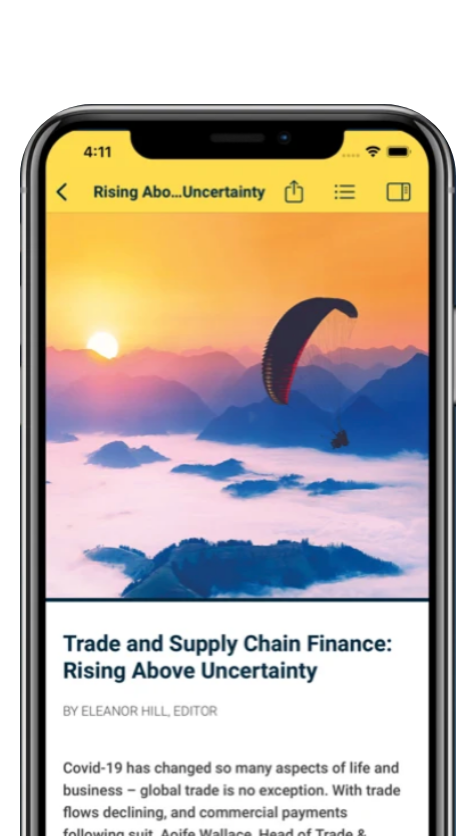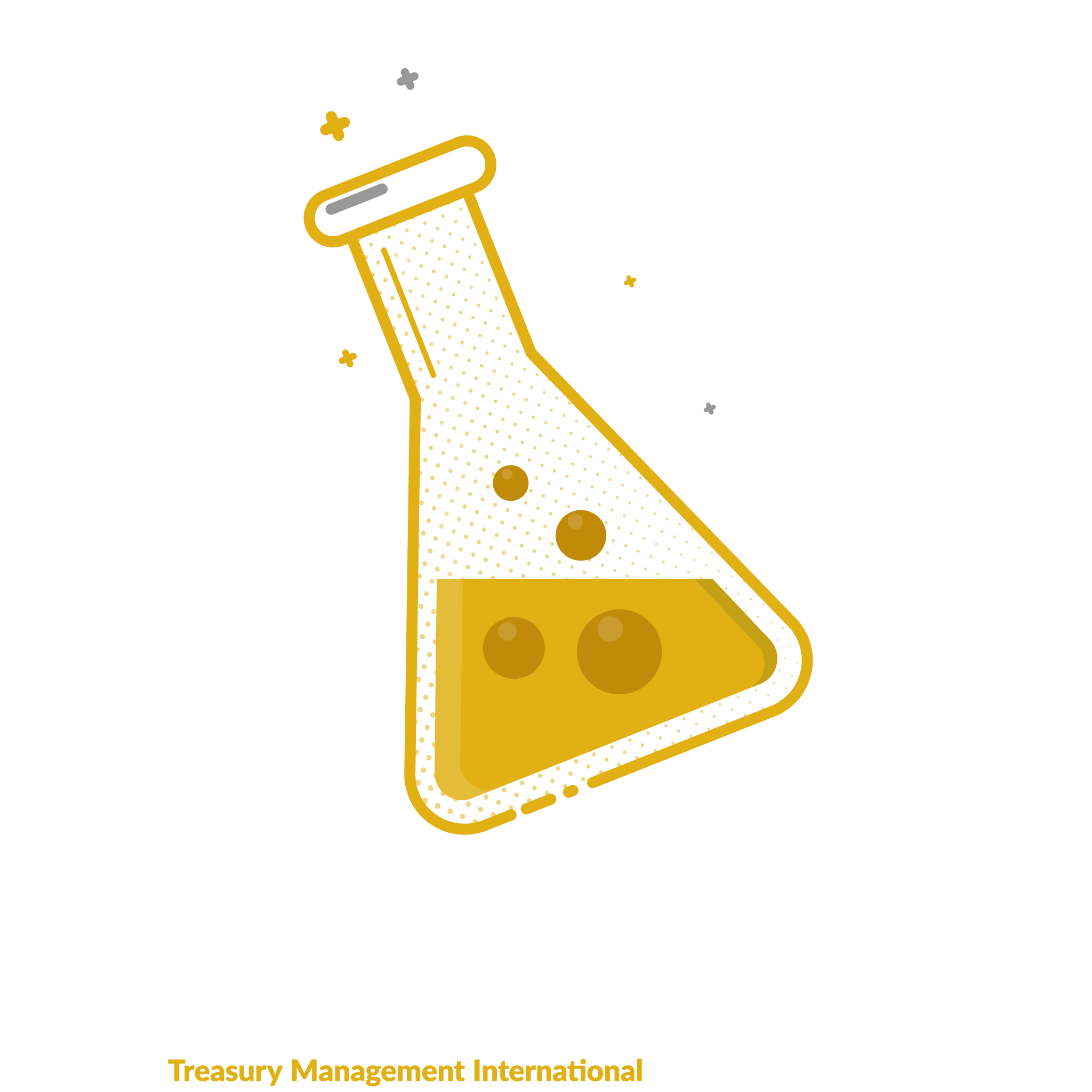by John Gibbons, EMEA Regional Executive, J.P. Morgan
How did we ever cope without the technology that is so much a part of our everyday lives?
 Technology has changed the very fabric of today’s society. In business, visibility and control is a constant need, and for the treasury and finance professional alike, the greater need for visibility is an absolute for the fittest to survive in today’s global tribe of commerce. Like the first human to walk out of the cave, to walk to the ocean, to cross the seas, to reach the moon, humans continually strive to understand more so that they can evolve, which is probably why we are never satisfied with the tools we have and continually suggest (being the gurus on such matters) how technology should be improved.
Technology has changed the very fabric of today’s society. In business, visibility and control is a constant need, and for the treasury and finance professional alike, the greater need for visibility is an absolute for the fittest to survive in today’s global tribe of commerce. Like the first human to walk out of the cave, to walk to the ocean, to cross the seas, to reach the moon, humans continually strive to understand more so that they can evolve, which is probably why we are never satisfied with the tools we have and continually suggest (being the gurus on such matters) how technology should be improved.
In various polls conducted this year (e.g., EuroFinance’s Treasury Verdict), it is encouraging that more than half of treasurers seem to be satisfied with their cash forecasting. If you look back to the turn of the decade, many might have thought, whilst pondering the meaning of life, that day would only come when technology had reached its evolution that Keanu Reeves was mastering in The Matrix.
There is no doubt that technology has advanced the ability of obtaining a much better global picture. Will we ever be satisfied, though, and what else can be done? While the customer still has some control over their payment timescale, the collection process will always remain a non-exact science. Many companies have encouraged their customers to move away from paper based payment methods and go the direct debit route by charging extra for non-adoption. Others are simply offering discounts to embrace it – the same principle one might suggest, but with some finer effort in the marketing spin on the latter. Even the politicians are trying to help SMEs to get cash flowing with legislation around payment timeframes. SEPA DD (you didn’t think I’d forget to mention it did you?) certainly increases the reliability of forecasts – if, of course, your customer agrees to adopt it or is too young to know exactly what a cheque is.
It seems to me that banks are playing their role in developing tools to help improve cash management. With the evolution of the internet, technology, and its electronic devices, treasury has evolved and will continue to evolve. Virtual reference numbers that address the age-old difficulty of reconciling low-value receivables is a perfect example. The customer actually directs the payment to a unique collection account number – it’s a number in cyberspace!
Sign up for free to read the full article
Register Login with LinkedInAlready have an account?
Login
Download our Free Treasury App for mobile and tablet to read articles – no log in required.
Download Version Download Version




















